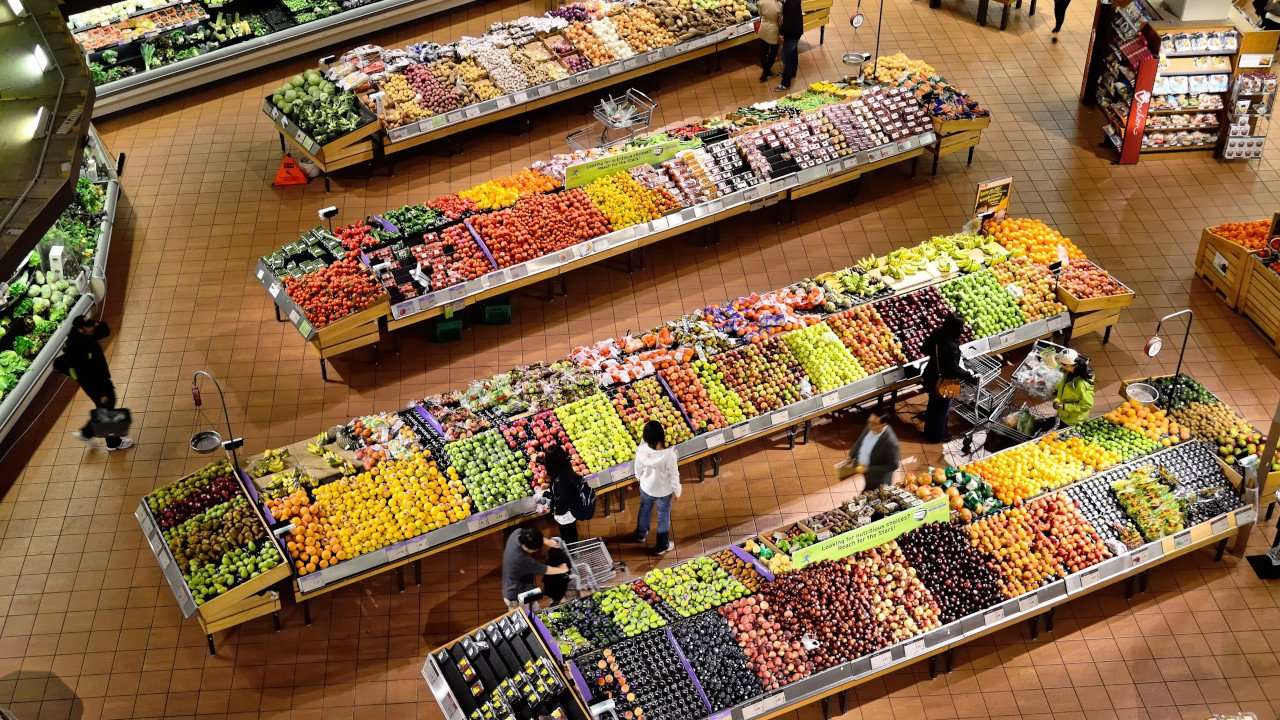The positive effect of income and education on fruits and vegetables (F&V) purchase decisions suggests that educating families regarding the health benefits of fruits and vegetables and uplifting low-income communities through income-generating programs could contribute to higher fruit and vegetable purchases. Families may not be buying enough produce from the received food support or assistance. Policies aiming to enhance produce consumption and nutritional security of these households perhaps need to specify some remarkable percentage of the support mandating to fruit and vegetable purchases or incentive or reward point system redeemable for fruits and vegetables.
In the new article “Why Don’t Low Income Households Purchase Fruits and Vegetables? Findings from African American Communities in Nashville Metro Areas of Tennessee” released in the Applied Economic Perspectives & Policy, Aditya Khanal and Sudip Adhikari from Tennessee State University dig a bit deeper into the purchasing choices of low income households.
Khanal says, “We found that the vast majority of our sampled low-income household shops for fruits and vegetables (F&Vs) less than 2-3 times per month. The canned type is the main form of F&V purchased by the majority of underserved low-income households. Factors such as household income, education, presence of a child in the household, food support, and the form of fruit significantly influence the regular buy decisions of F&Vs.
“Low-income households of underserved communities’ lack of regular F&V consumption can be broadly considered due to price reasons, access & availability reasons, and preference reasons. Food support or assistant programs may not necessarily increase regular consumption of F&Vs but may rather counteract if it is not tied to F&V purchase mandates” Khanal continued.
About Agriculture & Applied Economics Association (AAEA)

Established in 1910, the Agricultural & Applied Economics Association (AAEA) is the leading professional association for agricultural and applied economists, with 2,500 members in more than 60 countries. Members of the AAEA work in academic or
government institutions as well as in industry and not-for-profit organizations, and engage in a variety of research, teaching, and outreach activities in the areas of agriculture, the environment, food, health, and international development. The AAEA publishes three journals, the Journal of the Agricultural and Applied Economics Association (an open access journal), the American Journal of Agricultural Economics and Applied Economic Perspectives & Policy, as well as the online magazine Choices and the online open access publication series Applied Economics Teaching Resources. To learn more, visit http://www.aaea.org.


